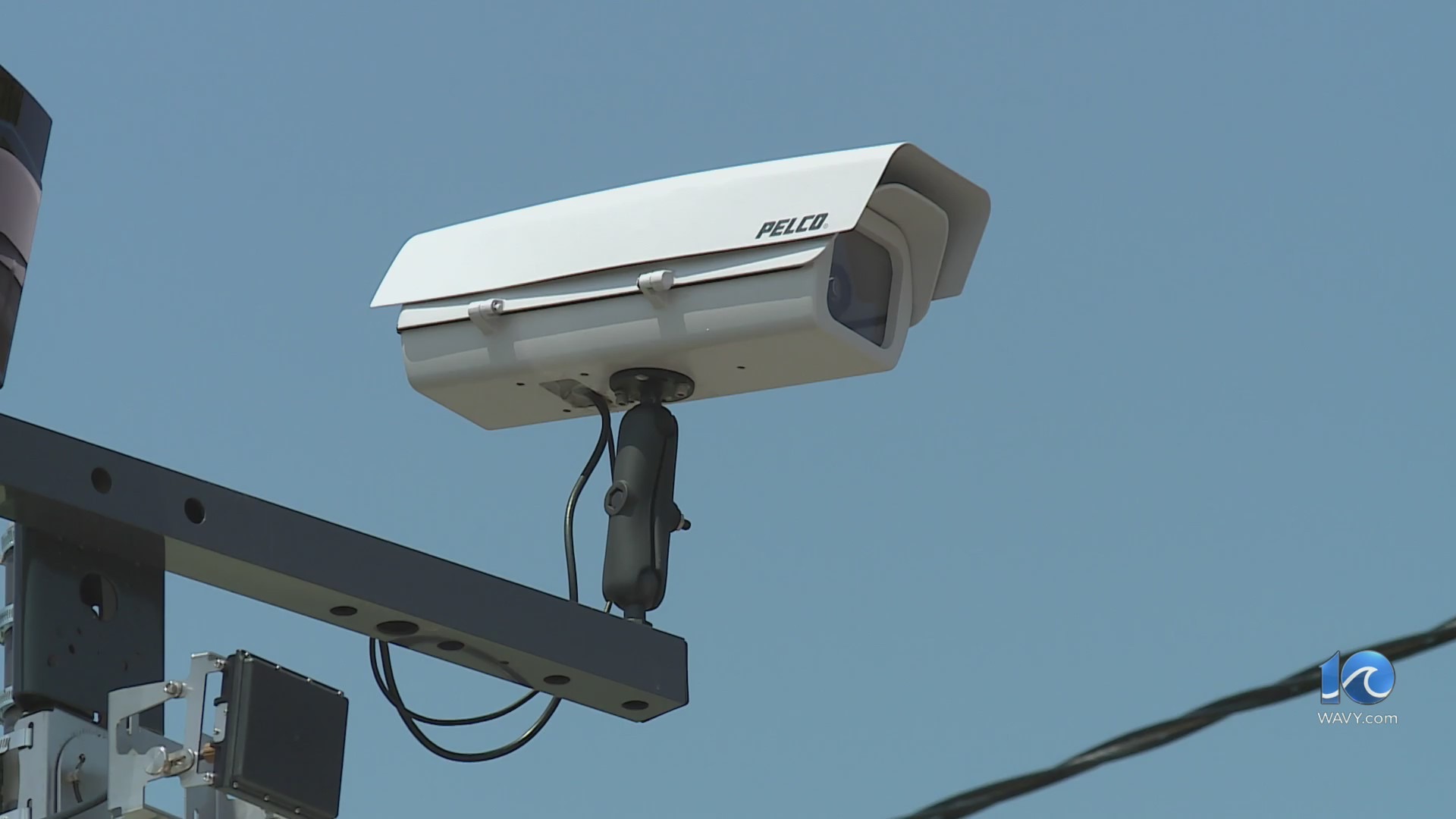LONDON (AP) — Smartphones, laptops, headphones and other electronic devices are essential for work and play in our daily lives. But all that time spent typing, scrolling or listening also means our devices gradually accumulate grime that needs to be cleaned off.
You might not give much thought to cleaning your devices but there are reasons you should, says Logitech, which makes keyboards, webcams and other computer peripherals.
“Regular cleaning and proper maintenance not only keeps your gadgets looking pristine, and wins you hygiene points, it also helps them perform better and last longer,” the company says. “In the case of devices like earbuds, the accumulated bacteria and debris may even cause health issues or discomfort.”
Here are some pointers on cleaning your tech:
Getting started
Always check if the manufacturer has any specific guidelines for cleaning.
Assemble some basic equipment and material for cleaning, which should include a soft and lint-free cleaning cloth, like a microfiber cloth; cotton swabs; a soft-bristled brush like a toothbrush, paintbrush or makeup brush; compressed air and isopropyl alcohol.
Isopropyl, or rubbing alcohol, is a non-toxic cleaning solvent that’s antiseptic and antibacterial. It’s popular for cleaning electronics because it doesn’t leave any residue and dries quickly. But you might want to wear gloves to avoid skin irritation. Drip some of it on a cloth instead of pouring it directly onto your device. Also heed some of the more specific warnings below.
Water and mild soap can be useful for cleaning dirty surfaces, but isopropyl alcohol is recommended for cleaning the internals of a device, said Alex Diaz-Kokaisl, senior technical writer at electronics repair company iFixit.
“While there isn’t a hard-and-fast rule for cleaning electronics, we generally use high-concentration isopropyl alcohol (more than 90%) because it evaporates quickly,” he said. “The faster a liquid evaporates, the less likely it is to affect any components that conduct electricity.”
For whatever device you’re cleaning, disconnect or power it off first. Remove any cases, plugs, covers and accessories.
Computers and laptops
When using a computer, the keyboard and mouse are the parts that are touched most often and therefore need the most frequent cleaning. And all those crevices between a keyboard’s keys are sure to catch crumbs.
To remove any loose debris, iFixit’s official in-house cleaning guide recommends using a can of compressed air. Run the spray back and forth across the keys to blow out any bits. If possible, hold the keyboard upside down so the debris falls out.
If you don’t have compressed air, Logitech suggests using a hair dryer on the cold air setting. Some social media users also recommend a handheld balloon pump.
Next, dampen a cleaning cloth with water and gently wipe down the keyboard and mouse.
Logitech says you can also use rubbing alcohol but recommends you test it first on an inconspicuous spot to make sure it doesn’t cause discoloration or scrub the lettering off the keys.
Anti-bacterial baby wipes can also work on devices like a mouse, Diaz-Kokaisl said.
“There shouldn’t be enough liquid to seep through cracks in the shell, and their residue typically evaporates faster than just using soap and water,” he said.
For laptop screens or external monitors, use a dry microfiber cloth to gently wipe away fingerprint smudges.
If there are more stubborn spots — like food stains or sneezy spatters — dampen the cloth with distilled water or a 50/50 solution of distilled water and vinegar.
Computer maker Lenovo says the “gentle acidity of vinegar can help break down oils and fingerprints.” Avoid using household glass cleaners, which can contain ammonia that could damage the screen. The same goes for paper towels, which can scratch the screen. HP also warns against using rubbing alcohol.
AirPods and earphones
A lot of people listen to music or podcasts through their earbuds, but that also means they’ll need regular cleaning to remove any earwax, natural skin oils or other grungy buildup.
If the earbuds have silicon tips, remove them. Cleaning procedures vary depending on your brand and model. Logitech and Bose recommend using soapy water. But Sony warns against water or wet wipes because they can speed deterioration, and, instead, advises using a dry cloth.
Use a cotton swab to wipe the earbud nozzles clean.
Owners of Apple AirPods need to follow a much more elaborate procedure to clean the mesh. You’ll need a child’s toothbrush, two small cups, a paper towel, distilled water, as well as micellar water — typically used as a facial cleanser.
Pour some micellar water into a cup, dip the toothbrush, brush the AirPod’s various mesh parts, and then blot them dry with the paper. Repeat twice. Then repeat that procedure but using the distilled water to rinse off the micellar water. Finally, let the AirPods dry for at least two hours.
To clean the rest of the AirPod’s body, use a damp cloth. And don’t forget about the charging case. Apple recommends brushing out any debris and then wiping with a dry cloth. If needed, dampen it with isopropyl alcohol.
What about over-the-ear headphones? Bose says you should wipe them down at least once a week, especially after working out, to remove any dirt and bacteria hiding in the nooks and crannies. Remove the pads and use a cloth dampened with soapy water to clean them.
Smartphones
Apple has issued specific instructions on its website for cleaning various iPhone models. Samsung has posted similar guidelines for its Galaxy lineup.
They both advise using a soft, lint-free cloth, such as a lens cleaning cloth, to gently wipe the outside of the phone. Apple warns against using any cleaning products, which could erode the oil-repellent coating that most iPhones come with.
Both companies say it’s OK to use disinfectants such as rubbing alcohol to gently clean the exterior, but avoid bleach or hydrogen peroxide.
___
Is there a tech topic that you think needs explaining? Write to us at onetechtip@ap.org with your suggestions for future editions of One Tech Tip.






